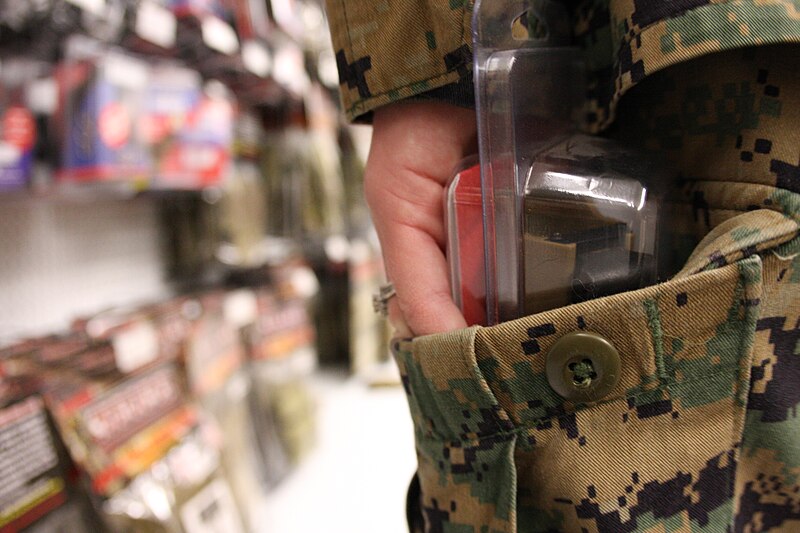
Shoplifting in England and Wales has soared to an all-time high, with over 530,000 recorded offences in the year leading up to March 2025, according to new figures from the Office for
National Statistics (ONS). This marks a 20% increase from the previous year’s total of 444,022 and the highest number since records began.
High Street retailers continue to grapple with a worsening wave of thefts, often involving little to no consequences for offenders. CCTV footage has increasingly captured brazen thieves walking out of stores with armfuls of high-value goods.
In one recent incident at a Waitrose in Notting Hill, two men were seen casually leaving the store with stolen steak and salmon. Staff and security looked on but did not intervene, citing company policies prioritizing safety and liability concerns.
Other retailers, however, are pushing back. In Hammersmith, security guards at a Greggs were filmed wrestling with a man attempting to steal bottles of fizzy drink. The altercation ended with the thief dropping the goods and fleeing.
Despite growing concerns, prosecutions remain rare, prompting criticism over the perceived ineffectiveness of store security and the justice system. One eyewitness described the inaction during the Waitrose theft as “shocking,” saying staff admitted they were instructed not to intervene for fear the suspects might be armed.
A Waitrose spokesperson responded: “Safety is our top priority. Our trained partners and guards act when it is safe to do so.”
Experts believe the rise in theft is driven not just by cost-of-living pressures, but also by organized criminal gangs targeting high-value items such as wine, electronics, and premium cuts of meat. A dedicated national police unit recently identified more than 20 active gangs and over 200 individuals linked to widespread theft—many believed to be part of cross-border networks involved in other crimes like human trafficking.
The surge in shoplifting coincides with a broader 7% rise in overall crime, as measured by the Crime Survey for England and Wales. The increase is largely attributed to a 31% spike in fraud cases. While police-recorded offences such as homicide, robbery, and firearm incidents have fallen, theft offences remain alarmingly high.
Meanwhile, the ONS also released new data estimating that one in ten adults in England and Wales—approximately 5.1 million people—experienced domestic abuse, sexual assault, or stalking in the past year. The figure includes 3.2 million women and nearly 2 million men. A slightly higher estimate of 5.4 million was reported for the previous year.
For the first time, these crimes have been combined into a single metric to help the government monitor its goal of halving violence against women and girls (VAWG) within a decade.
Home Secretary Yvette Cooper welcomed a decline in serious violence and knife crime but acknowledged the growing issue of retail theft. She attributed the rise to a decade of cuts to neighbourhood policing and announced the government’s new “Neighbourhood Policing Guarantee,” which will increase patrols in over 500 town centres and add 3,000 officers and PCSOs by spring.
Commenting on the ONS’s combined VAWG figures, Cooper emphasized the importance of new initiatives, including placing domestic abuse specialists in emergency call centres and launching a cross-government strategy this September. “Everyone has the right to feel safe on our streets,” she said. Photo by United States Marine Corps, Wikimedia commons.



































